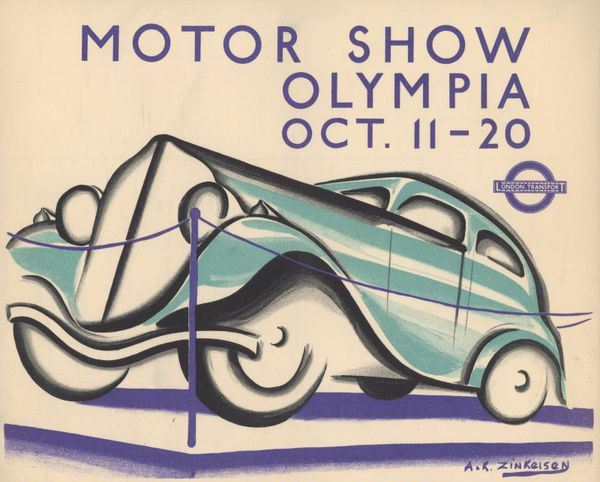Urban Micromobility Set to Accelerate
- Editor OGN Daily
- Jun 25, 2022
- 2 min read
Micromobility is the word playing an increasingly important role in our lives, particularly for those living in towns and cities. It refers to smaller, cleaner, more nimble modes of transport - mostly bikes and scooters but also tricycles, skateboards, wheelchairs, and roller skates - that are increasingly replacing trips once taken by gas-guzzling vehicles.

Consultants from McKinsey posed this question to 6,000 people across China, France, Germany, Italy, the UK and the US: If they could ride a bike, moped, or e-scooter to work - would they? Nearly 70 percent said yes.
The McKinsey results also highlighted that how people think about micromobility very much depends on where they are in the world. Willingness to use two-wheelers was highest in countries with a long tradition of doing so - peaking at 86 percent in China, where millions of people already use bicycles on a daily basis and, rather more remarkably, 81 percent in Italy.
In the US, only 60 percent of people favoured micromobility - perhaps unsurprising in a country where driving is part of the national identity and city infrastructure grew at a time when the American car-maker was king.
Yet transport is the largest piece of the pie when it comes US emissions (29 percent), with cars, pick-ups and SUVs accounting for half of that total. Aside from the considerable climate argument for carbon-free transport, the Covid pandemic opened the eyes of urban dwellers to the idea that life is healthier – and far more pleasant – when air-polluting queues of traffic are taken away.
Improving micromobility can make cities more equitable. Push bikes, e-bikes, and e-scooters are far cheaper than pricey EVs, so widespread, well-maintained and safe routes would benefit more people in low-income and communities underserved by public transport.
Some previously resistant cities have made strides in the past decade, and New York City is among them. Half a million bike trips are now made daily in the Big Apple, tripling the amount from 15 years ago, NYC’s Department of Transport says. The city now has more than 500 miles of protected bike lanes and cycling to work has grown at five times the rate as other cities.
For example the Brooklyn Bridge bike lane, which opened in 2021 - the first update to the iconic structure since 1950 - has doubled cycling rates over the bridge.
The bicycle isn’t going to solve the world’s problems but cycling in cities has a massive role to play, and the sooner we get there, the better.



